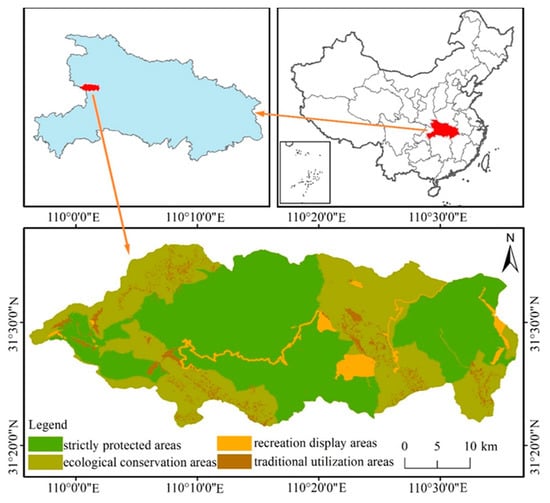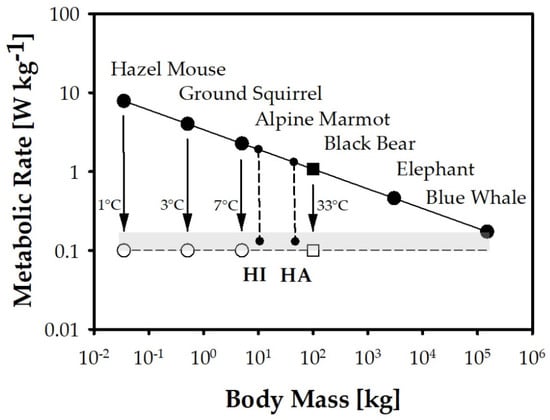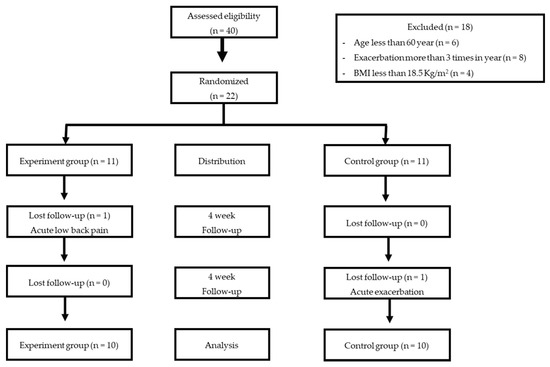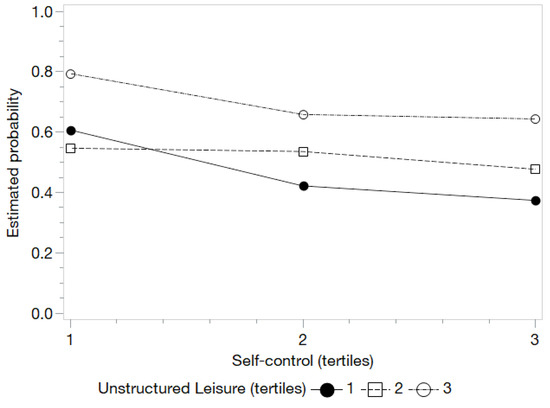1
Department of Obstetrics and Gynecology, “Carol Davila” University of Medicine and Pharmacy Doctoral School, 020021 Bucharest, Romania
2
Department of Biostatistics, “Carol Davila” University of Medicine and Pharmacy, 050474 Bucharest, Romania
3
Department of Obstetrics and Gynecology, “Sf. Pantelimon” Emergency Clinical Hospital, 021659 Bucharest, Romania
4
Department of Obstetrics and Gynecology, Victor Babes University of Medicine and Pharmacy, 300041 Timisoara, Romania
5
Department of Obstetrics and Gynecology, Emergency County Hospital, 310037 Arad, Romania
Int. J. Environ. Res. Public Health 2021, 18(21), 11491; https://doi.org/10.3390/ijerph182111491 - 31 Oct 2021
Cited by 4 | Viewed by 2497
Abstract
Romania is a country with high rates of adolescent births, associating scarce comprehensive obstetrical management with this specific population. This research aims to assess soft tissue trauma after vaginal birth in teenage mothers compared to their adult counterparts. A retrospective case-control study was
[...] Read more.
Romania is a country with high rates of adolescent births, associating scarce comprehensive obstetrical management with this specific population. This research aims to assess soft tissue trauma after vaginal birth in teenage mothers compared to their adult counterparts. A retrospective case-control study was conducted for one year in two hospitals. All vaginal deliveries were considered; the age cut-off value was considered at 20 years old for case and control groups. Lacerations were divided into three subgroups, considering the involved anatomical region; group I: labial and periurethral lacerations, group II: vaginal and perineal lacerations, and group III: cervical lacerations. There were 1498 women included in the study: 298 young mothers and 1200 adults. Teenagers were more likely to have an episiotomy during vaginal delivery compared to adult women: 56% versus 26.7% (p = 0.00, Pearson Chi-square) and a 1.89 times increased risk for developing additional group II lacerations: p = 0.01, Pearson Chi-square test with Bonferroni correction: OR = 1.89, 95% CI: 1.18–3.02. Group II lacerations were the most frequent type of birth trauma in both study groups. Fetal weight ≥4000 g was associated with a two times higher risk for vaginal and perineal lacerations when age criterion was not considered (OR = 1.98, 95% CI: 1.13–3.47, p = 0.01). The incidence of group I and II lacerations increased with age: from 0% and 9.1% between 10 and 14 years old to 6% and 26.2% between 18 and 19 years old. All groups of lacerations were more often identified in the case group, compared to the adult group. Fetal macrosomia and spontaneously ruptured membranes at admission could not be documented as risk factors for obstetrical injury in young mothers. Episiotomy performed in teenagers was not a protective procedure for group II lacerations.
Full article
(This article belongs to the Special Issue Maternal and Children Health and Family Planning)









